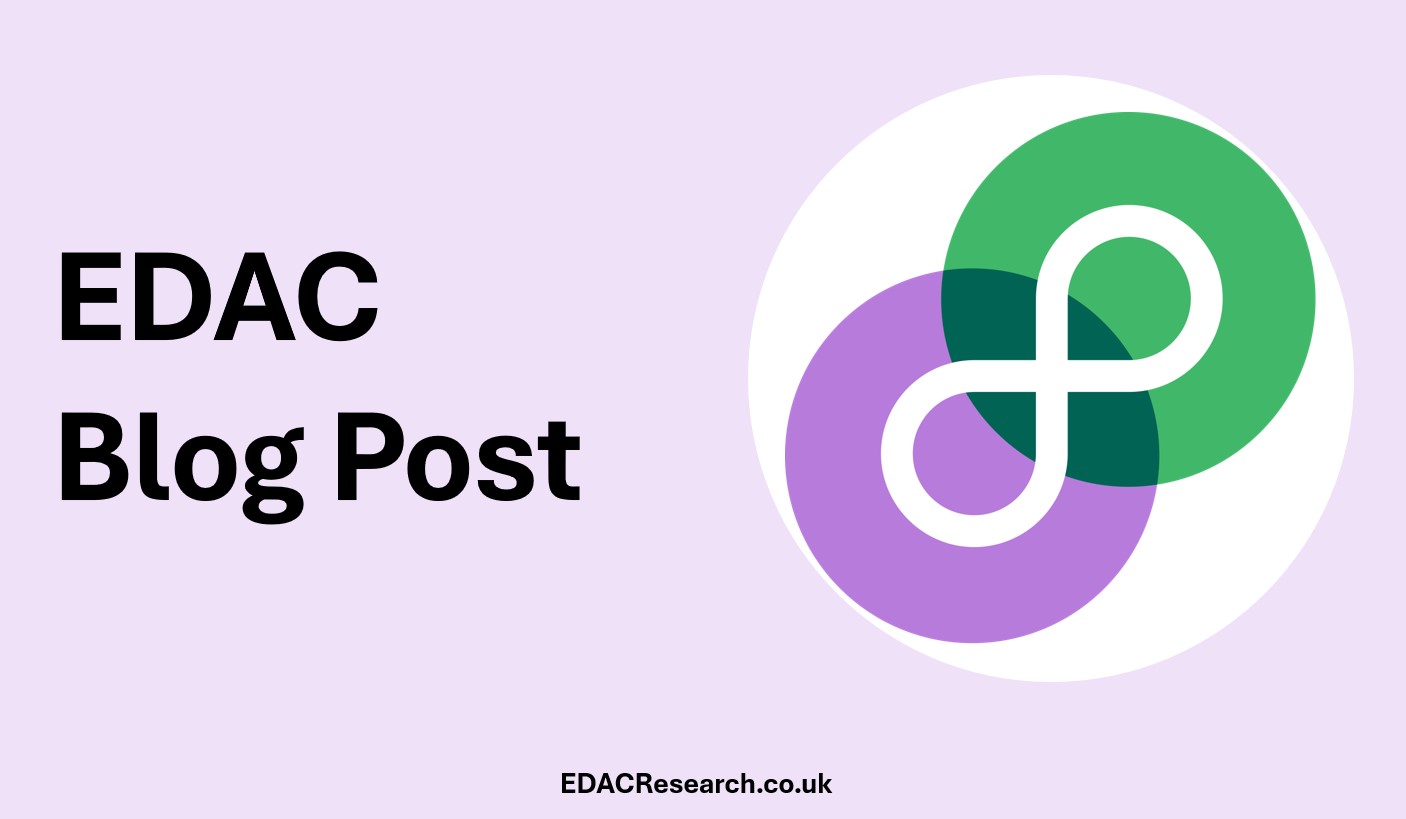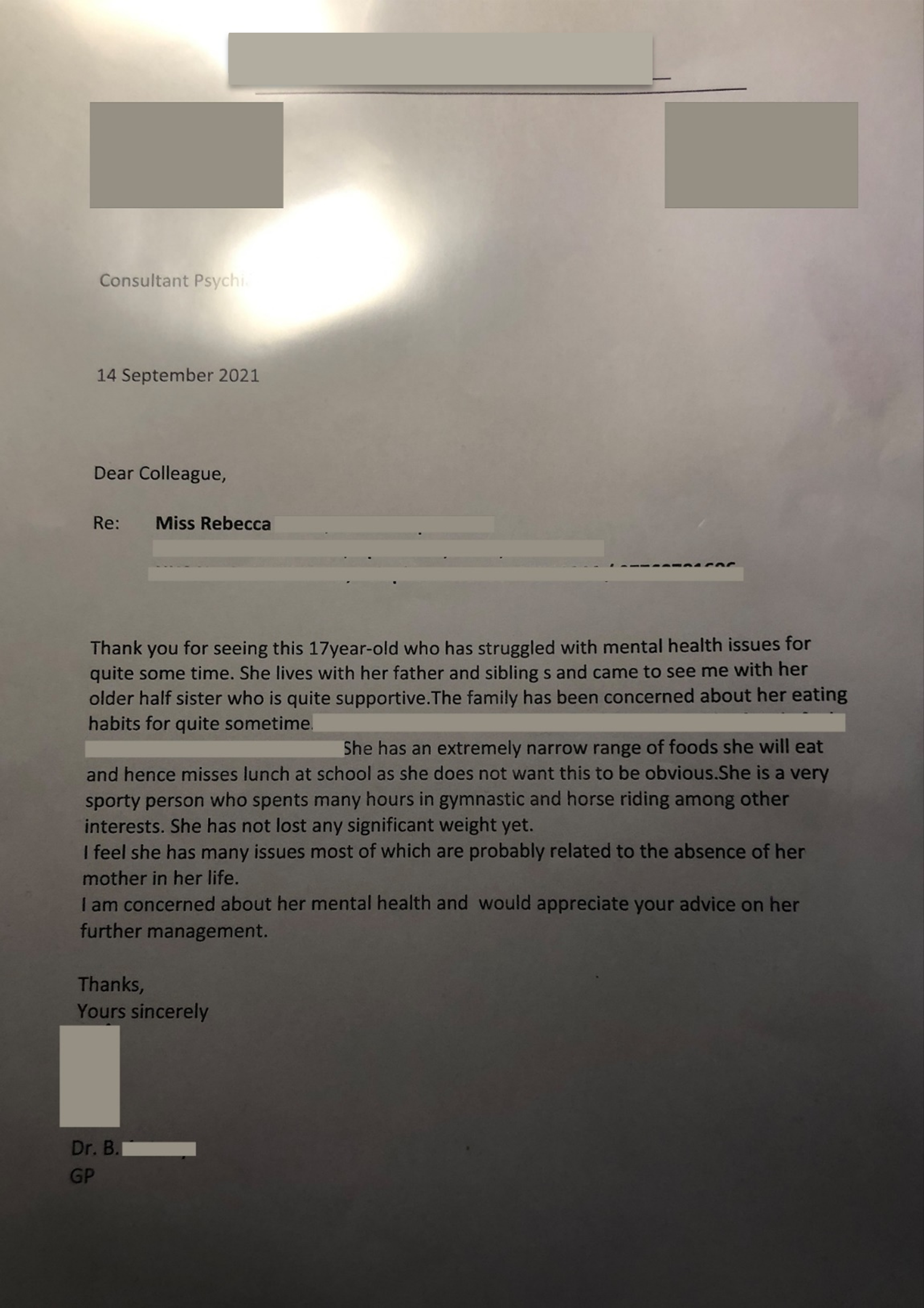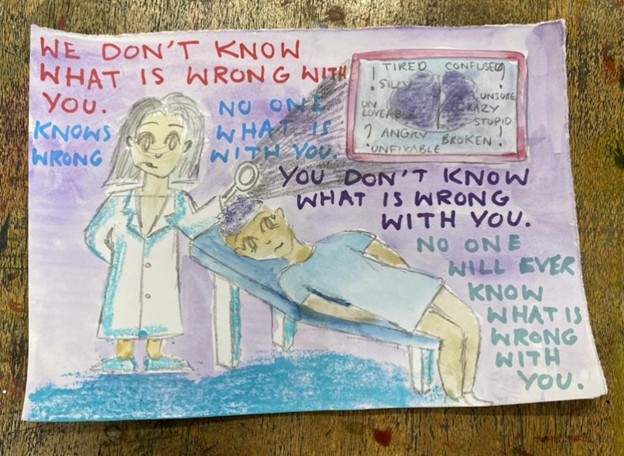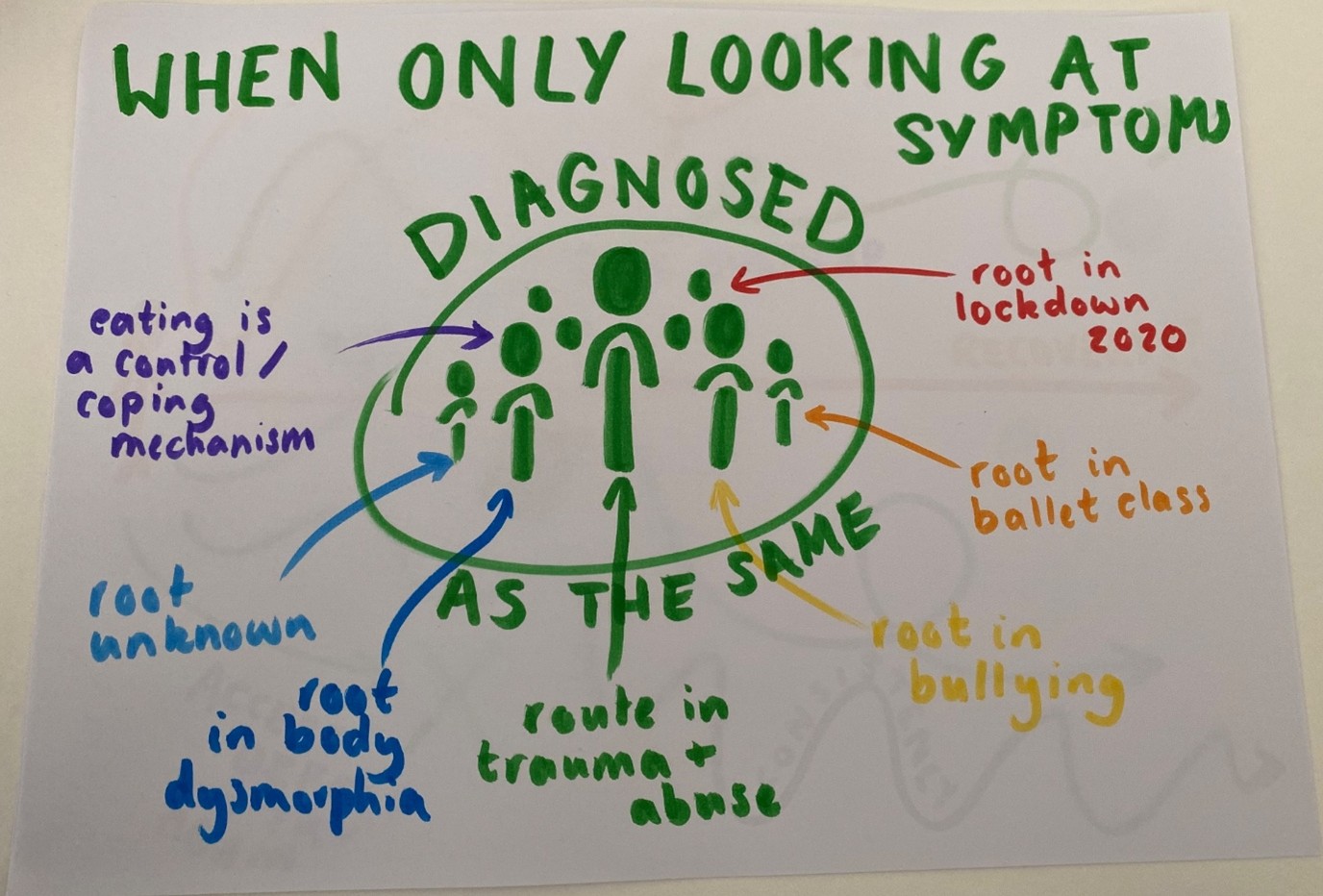I'm not a Fussy Eater; I Have ARFID

At EDAC we are committed to highlighting the voices of Autistic people with lived/living experience of an eating disorder. EDAC is happy to share a blog post written by one of our EDAC collaborators, Rebecca Allen, titled "I am not a Fussy Eater; I have ARFID". A huge thanks to Rebecca for their time in writing this piece based on their experiences as an Autistic person with ARFID going through services.
------------------------------------------------------------------------------------------------------------------------------------------------------------------------------
"I am not a fussy eater; I have ARFID"
- Rebecca
------------------------------------------------------------------------------------------------------------------------------------------------------------------------------
When I was 17, I was given a copy of a letter my GP had written to CAMHS. The letter read: “Thank you for seeing this 17 year old who has struggled with mental health issues for quite some time… The family has been concerned about her eating habits for quite some time… [they] feel she started it to be in control… She has not lost any significant weight yet”

CAMHS never went through with my appointment. All they saw was “She has not lost any significant weight yet”.
As a seventeen year old girl, it was hard not
to see the “yet” as a challenge, especially since my treatment was not
considered urgent enough until that “yet” became too late. However, even at the
time, I knew that I was not suffering from Anorexia Nervosa, despite what it
said on my NHS record. And so I sat and did some research. I found the term
ARFID, and ran to tell my grandmother, completely stunned that I had actually
found something, completely overjoyed that I wasn’t entirely alone.
My GP had decided that the next best thing after CAMHS would be Talking Therapies. After an hour crying on the phone relaying everything ‘wrong’ with me, and explaining what I had found about ARFID, the therapist said to me, “Why don’t you just try an apple?”. My stomach dropped, I shut down that moment, and was scared to bring up ARFID to another ‘professional’.

It wasn’t until I was diagnosed with Autism at
18, when I moved from London to Edinburgh, that ARFID was finally considered a
possibility for me. I was sent to the Cullen Centre at The Royal Edinburgh
Psychiatric Hospital, which initially seemed terrifying. I was put into Art
Therapy, which initially seemed pointless to me. However, it was in art therapy
that I learnt how helpful art can be to express the things that otherwise are
difficult to explain. It was at the Cullen Centre that I saw a recruitment poster
for EDAC’s photovoice study. And since I had personally felt the gap in
research for ARFID, I knew I wanted to get involved.
EDAC’s Photovoice study took place over a few weeks. I went in person and so benefitted from meeting the team face to face. Everyone at EDAC was great at making myself and fellow participant feel really comfortable. I think that Photovoice could be the way forward in understanding parts of the autistic brain. If it wasn’t for the Cullen Centre putting me into art therapy, I would never have considered the Photovoice study. It can be difficult for autistic people to express themselves, and for me, that is layered with this need for things to be logical. But eating disorders are anything but logical, a lot of patients will know exactly that illogical feeling. And so as reluctant as I was to start image making, it has been a breakthrough for understanding myself, and for portraying those complex feelings to others.

My images, quotes, and even a video of myself
at a sensory interview were displayed at EDAC’s exhibition “You Are Not Alone”.
I went along twice. First for the participant opening, and I brought along my
flatmate, who has experienced my eating disorder first hand. Seeing the
research team, and my own images amongst all of the others really felt like I
had contributed to something. I can only hope that some of my images, while
they seem critical and pessimistic, can highlight how the lack of research into
ARFID can have such negative effects on young people. I went along to the
exhibit a second time, this time I brought my father and older sister with me.
My family, like many others, have sometimes struggled to understand my autism
diagnosis, particularly because I was diagnosed so late. I was nervous to bring
them along, but I found that they were really interested in seeing EDAC’s
research compiled together.
My experience with EDAC has been so positive, the research team seem genuinely interested in helping their participants and the wider autism and ED community. But unfortunately, I know from my experience that they don’t represent all healthcare and research teams. From the perspective of a participant, if the Photovoice study, and other EDAC work, could have only one takeaway: it’s that trying to understand an individual and not a condition is really the first important thing. Everyone’s brain works differently, so treatments cannot be the same.

Share